Kurt Rappaport invites us into his refreshed Beverly Hills office
Dan Brunn reinvents real-estate magnate Kurt Rappaport’s Beverly Hills office in Los Angeles
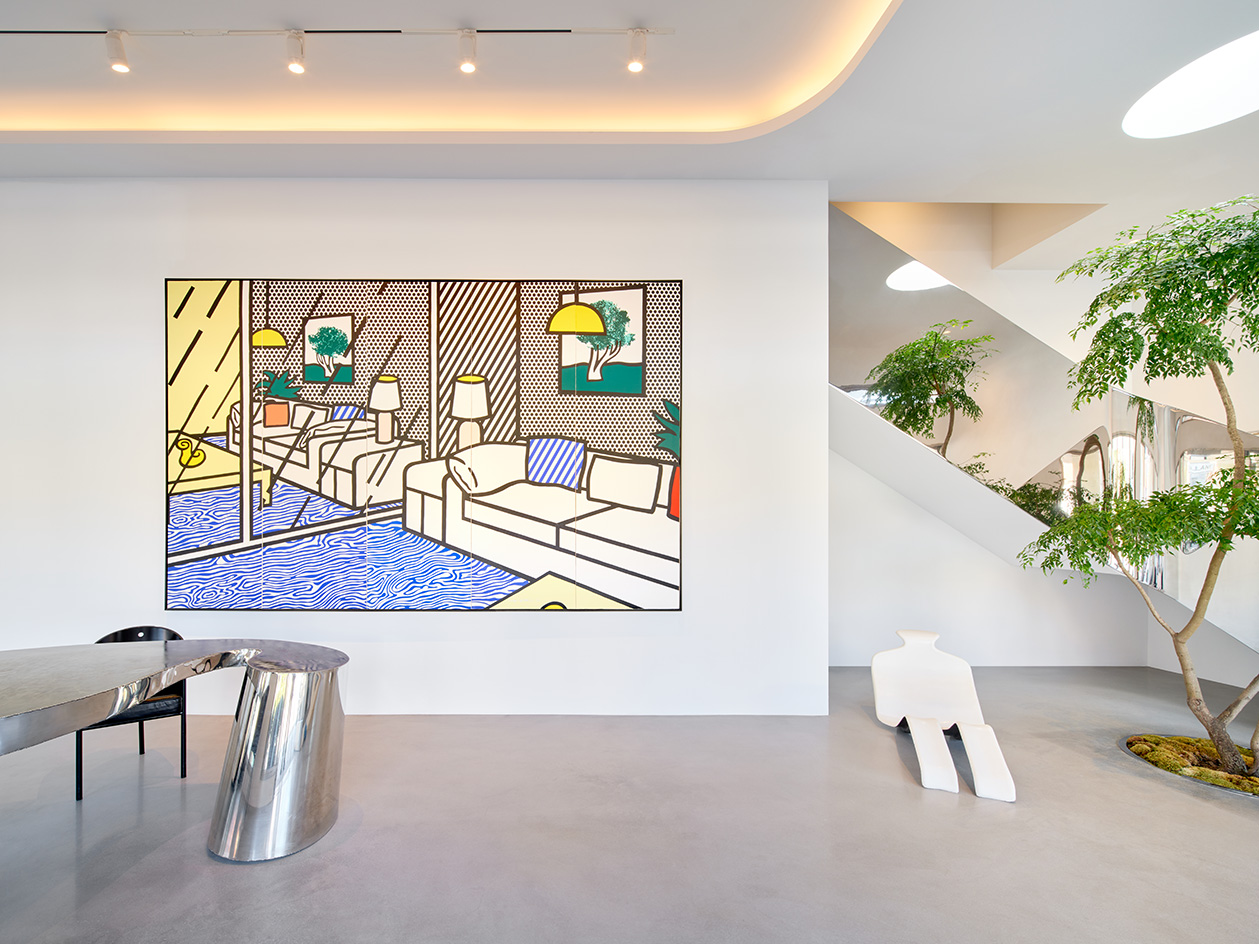
When California real-estate magnate Kurt Rappaport wanted to refresh a Beverly Hills classic, architect Dan Brunn was his go-to choice. The result was a truly collaborative project and a labour of love from both sides, as client and architect worked in sync to create a new space that blends art and architecture, luxury and minimalism, past and present.

Dan Brunn and Kurt Rappaport: a fruitful collaboration
The site was in a 'quintessential Beverly Hills' building, sat on the corner of Santa Monica Boulevard and Canon Drive. The architect and his team at Dan Brunn Architecture (DBA), worked closely with Rappaport, who, being an avid art collector and expert in property and development, has extensive knowledge to draw on and a passion for architecture.
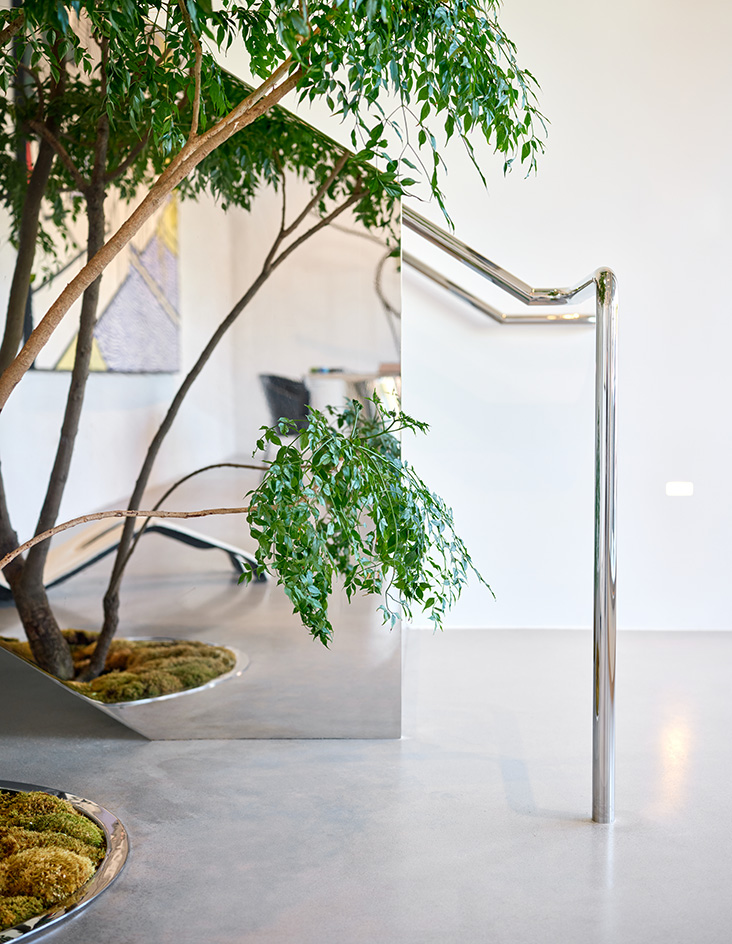
'Kurt is a tastemaker in life and work,' Brunn said. 'Everything here either has a provenance that carries a special meaning to him, or its an all new creation by DBA. It’s all very lush and filled with great artifacts and curiosities.'
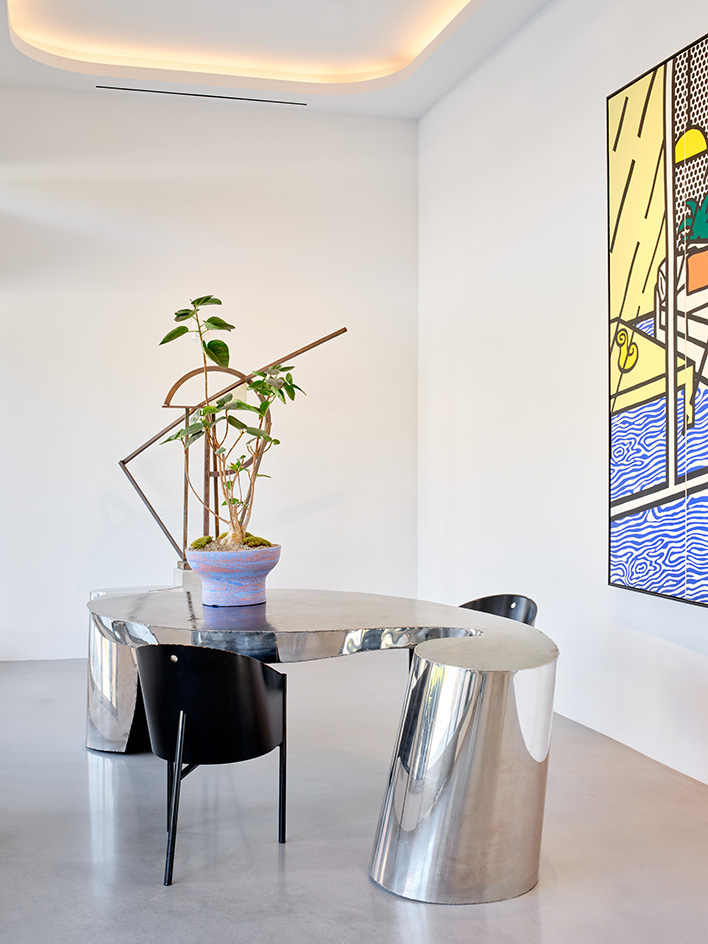
Restoring the building to its historical glory
Brunn redesigned the building's façade, as well as interiors, and brought the structure back to its original 1930s glory – infused with the architect's own modernist architecture influences, as well as 21st-century mod-cons. And while at first, the space was meant to be redesigned and leased out, Rappaport 'fell in love' with it during the process, and decided to move his own business in instead.
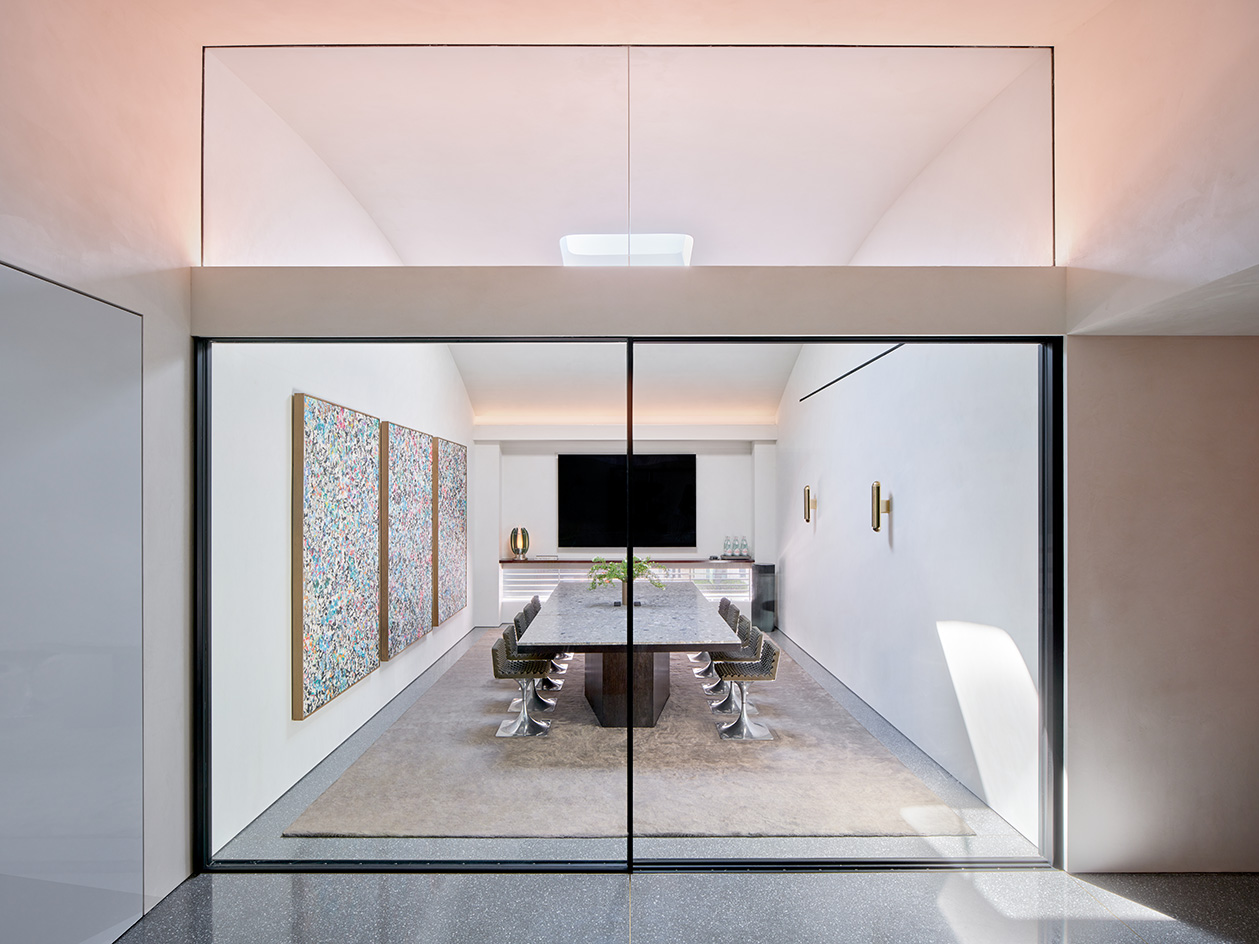
The building's historic bones were brought to the forefront and allowed to shine, revealing its elegant minimalism, both in the exterior and the extensive, clean, white interiors. These are dotted with their owner's collection in art and design, spanning from a Roy Lichtenstein painting, to a hanging Alexander Calder mobile, and vintage and contemporary furniture pieces by the likes of Charles and Ray Eames, Jean Prouvé and Ron Arad.

The sequence of spaces leads from the front-of-house, public areas, towards more private ones, such as executive offices and a guest suite. Strategically placed artwork illuminates the route through and creates corners of interest, punctuating the minimalist interior, wrapped in luxurious materials.
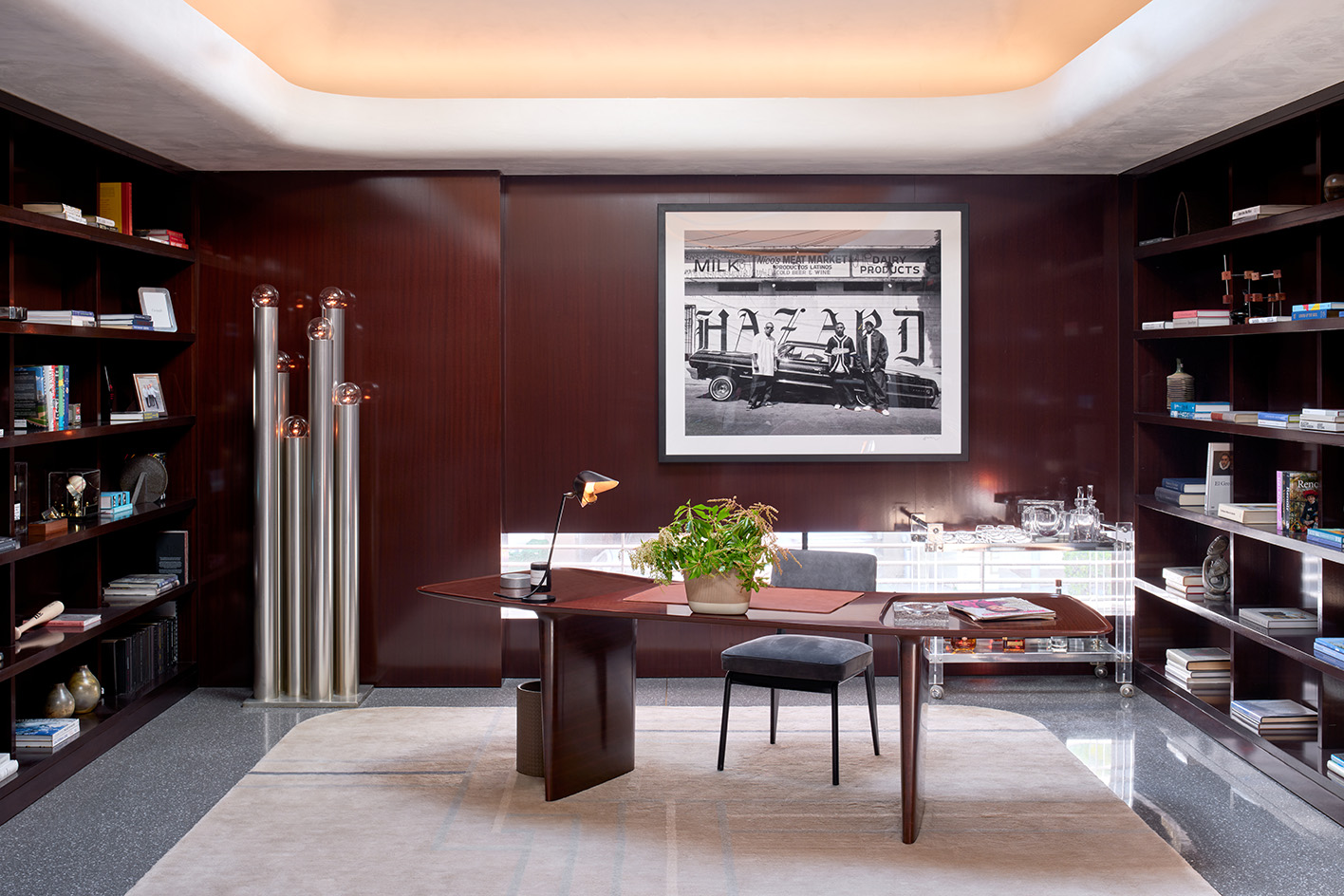
'The entire impression of moving through the structure,' Brunn said, 'is that of a single circular band unweaving from space to space, where the overlapping experiences of work and entertainment, business and relaxation transition naturally through a sensuous flow of movement and purposeful space.'
Receive our daily digest of inspiration, escapism and design stories from around the world direct to your inbox.
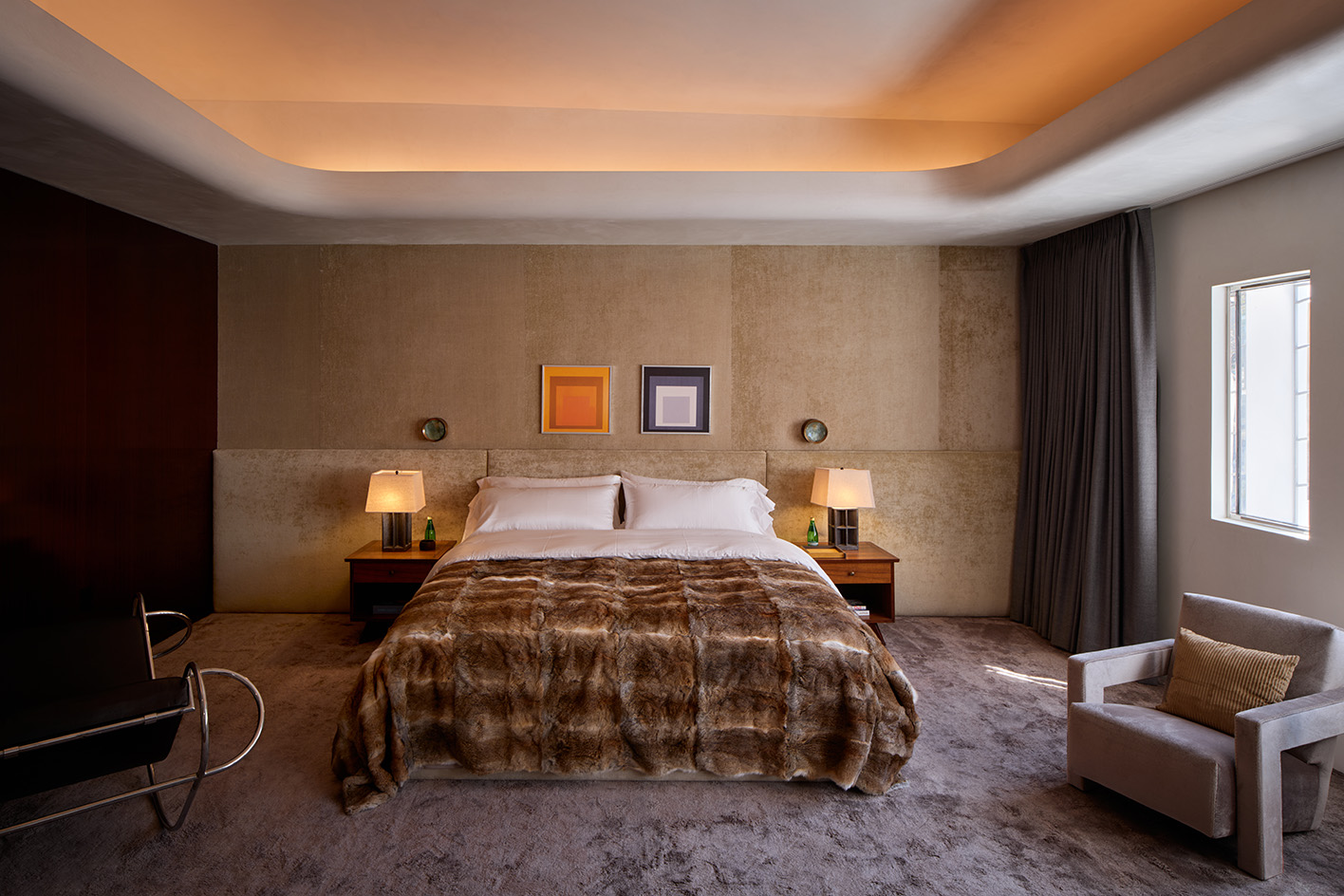
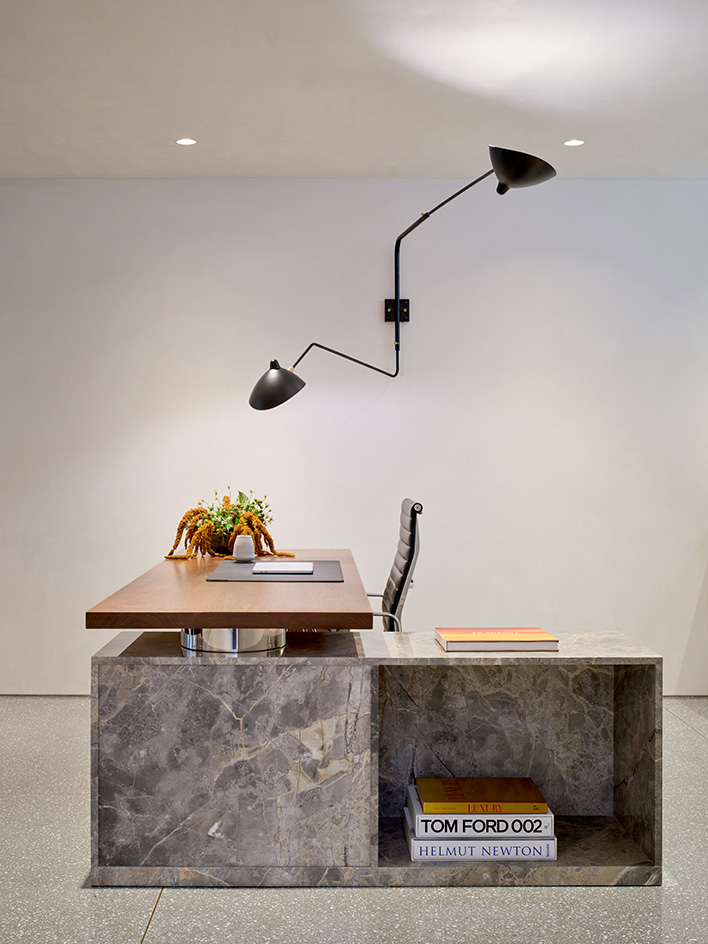
Ellie Stathaki is the Architecture & Environment Director at Wallpaper*. She trained as an architect at the Aristotle University of Thessaloniki in Greece and studied architectural history at the Bartlett in London. Now an established journalist, she has been a member of the Wallpaper* team since 2006, visiting buildings across the globe and interviewing leading architects such as Tadao Ando and Rem Koolhaas. Ellie has also taken part in judging panels, moderated events, curated shows and contributed in books, such as The Contemporary House (Thames & Hudson, 2018), Glenn Sestig Architecture Diary (2020) and House London (2022).
-
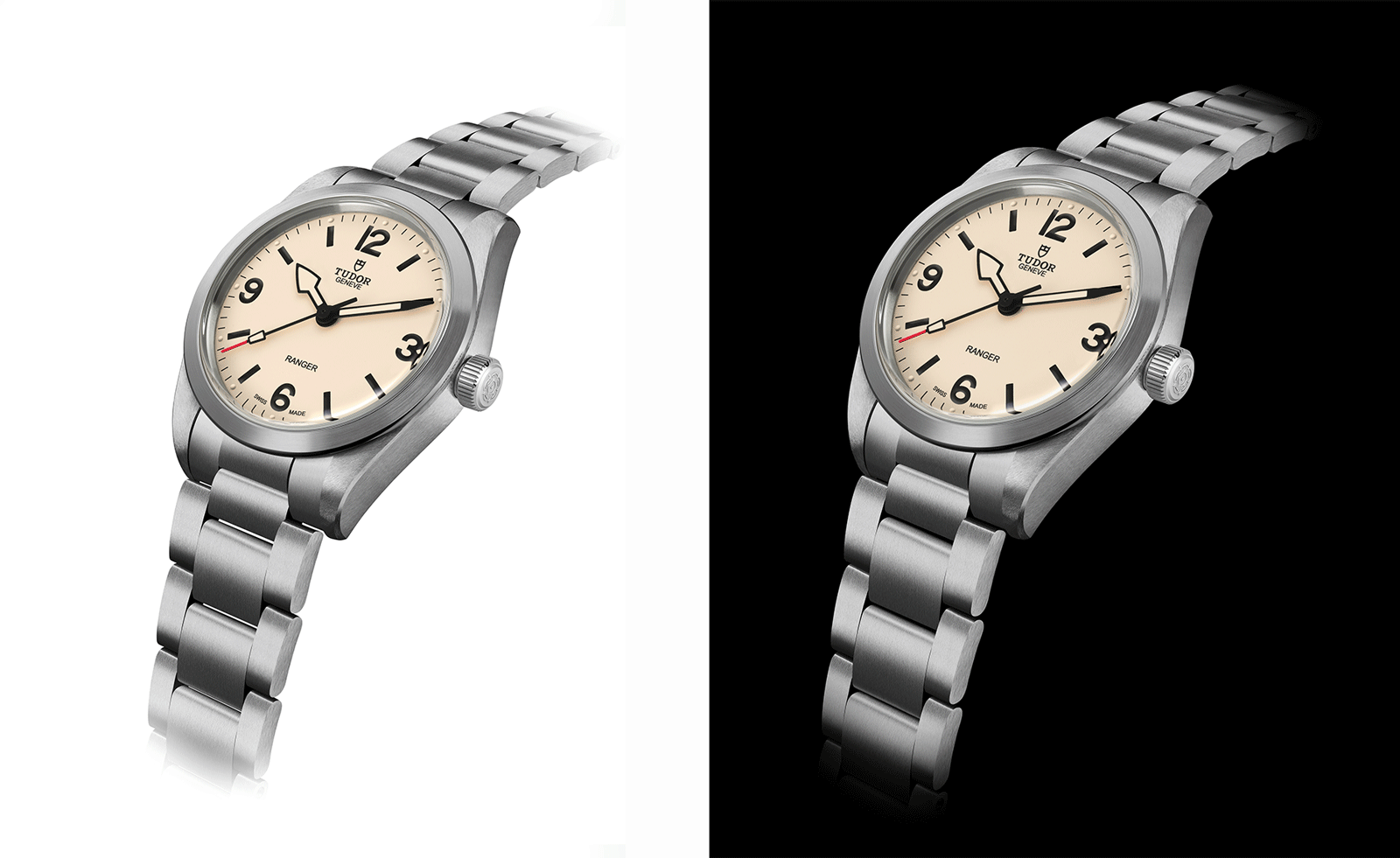 The new Tudor Ranger watches master perfectly executed simplicity
The new Tudor Ranger watches master perfectly executed simplicityThe Tudor Ranger watches look back to the 1960s for a clean and legible design
-
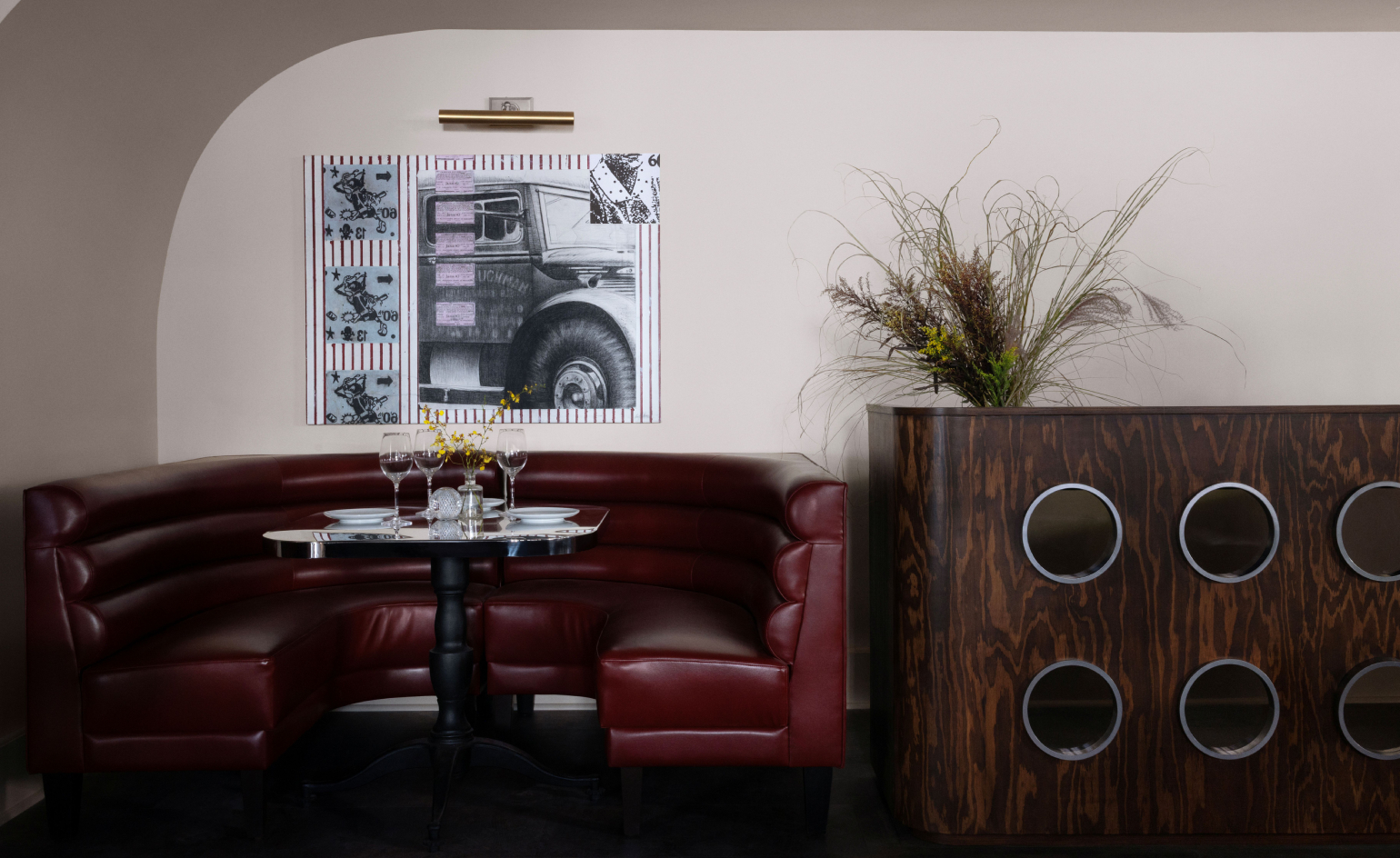 This late-night hangout brings back 1970s glam to LA’s Sunset Boulevard
This late-night hangout brings back 1970s glam to LA’s Sunset BoulevardGalerie On Sunset is primed for strong drinks, shared plates, live music, and long nights
-
 How Memphis developed from an informal gathering of restless creatives into one of design's most influential movements
How Memphis developed from an informal gathering of restless creatives into one of design's most influential movementsEverything you want to know about Memphis Design, from its history to its leading figures to the pieces to know (and buy)
-
 Step inside this resilient, river-facing cabin for a life with ‘less stuff’
Step inside this resilient, river-facing cabin for a life with ‘less stuff’A tough little cabin designed by architects Wittman Estes, with a big view of the Pacific Northwest's Wenatchee River, is the perfect cosy retreat
-
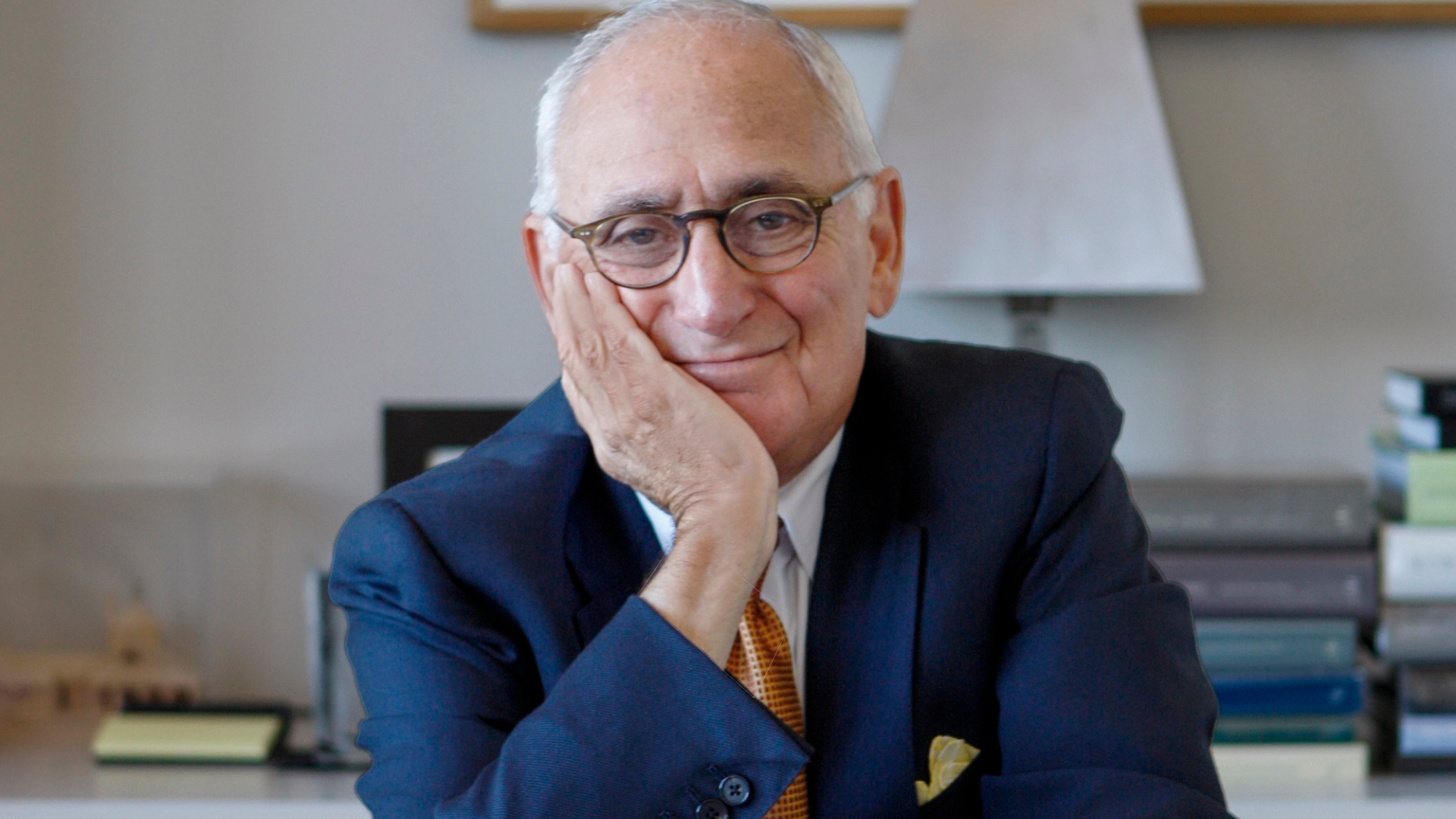 Remembering Robert A.M. Stern, an architect who discovered possibility in the past
Remembering Robert A.M. Stern, an architect who discovered possibility in the pastIt's easy to dismiss the late architect as a traditionalist. But Stern was, in fact, a design rebel whose buildings were as distinctly grand and buttoned-up as his chalk-striped suits
-
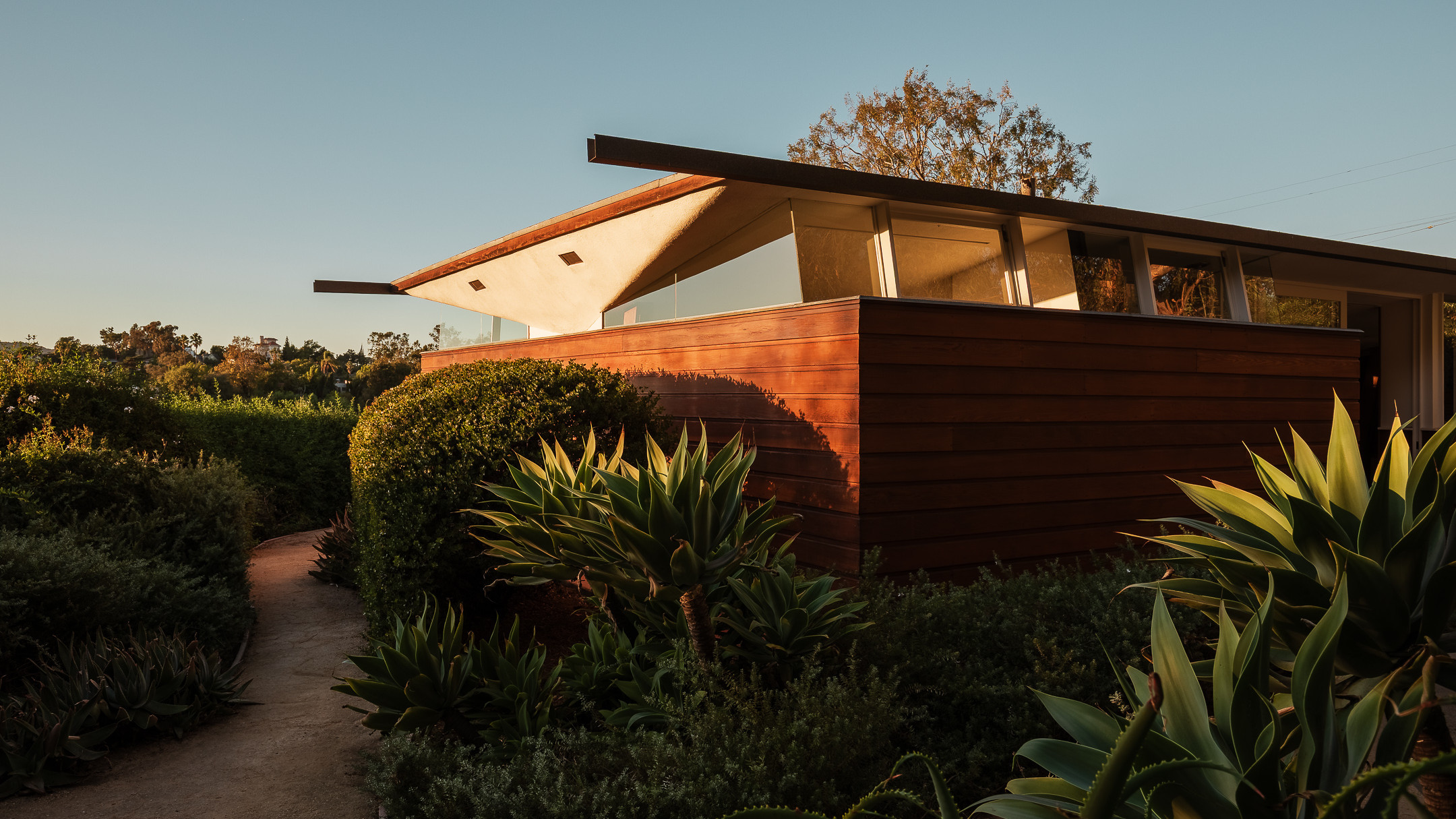 Own an early John Lautner, perched in LA’s Echo Park hills
Own an early John Lautner, perched in LA’s Echo Park hillsThe restored and updated Jules Salkin Residence by John Lautner is a unique piece of Californian design heritage, an early private house by the Frank Lloyd Wright acolyte that points to his future iconic status
-
 The Architecture Edit: Wallpaper’s houses of the month
The Architecture Edit: Wallpaper’s houses of the monthFrom wineries-turned-music studios to fire-resistant holiday homes, these are the properties that have most impressed the Wallpaper* editors this month
-
 The Stahl House – an icon of mid-century modernism – is for sale in Los Angeles
The Stahl House – an icon of mid-century modernism – is for sale in Los AngelesAfter 65 years in the hands of the same family, the home, also known as Case Study House #22, has been listed for $25 million
-
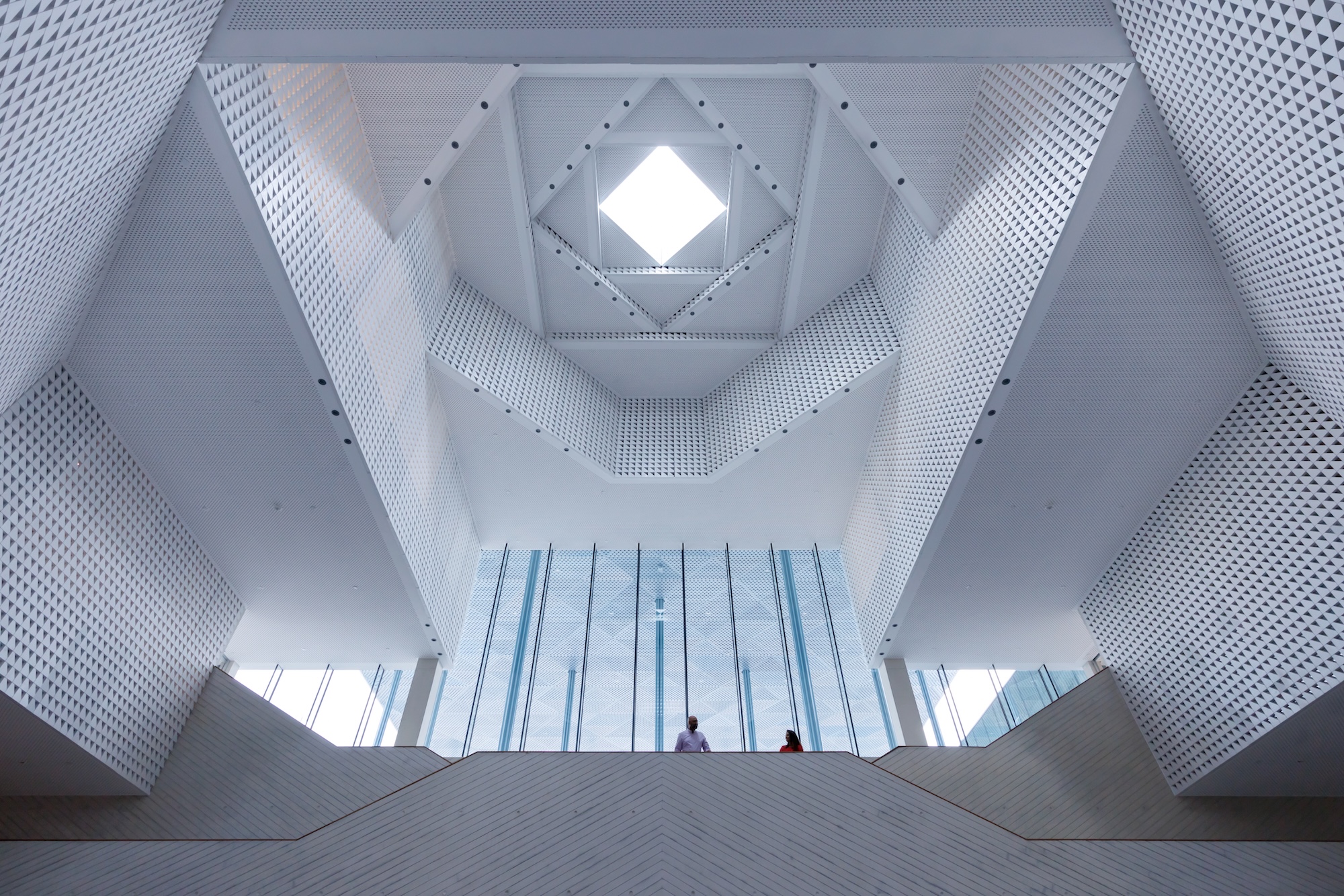 Houston's Ismaili Centre is the most dazzling new building in America. Here's a look inside
Houston's Ismaili Centre is the most dazzling new building in America. Here's a look insideLondon-based architect Farshid Moussavi designed a new building open to all – and in the process, has created a gleaming new monument
-
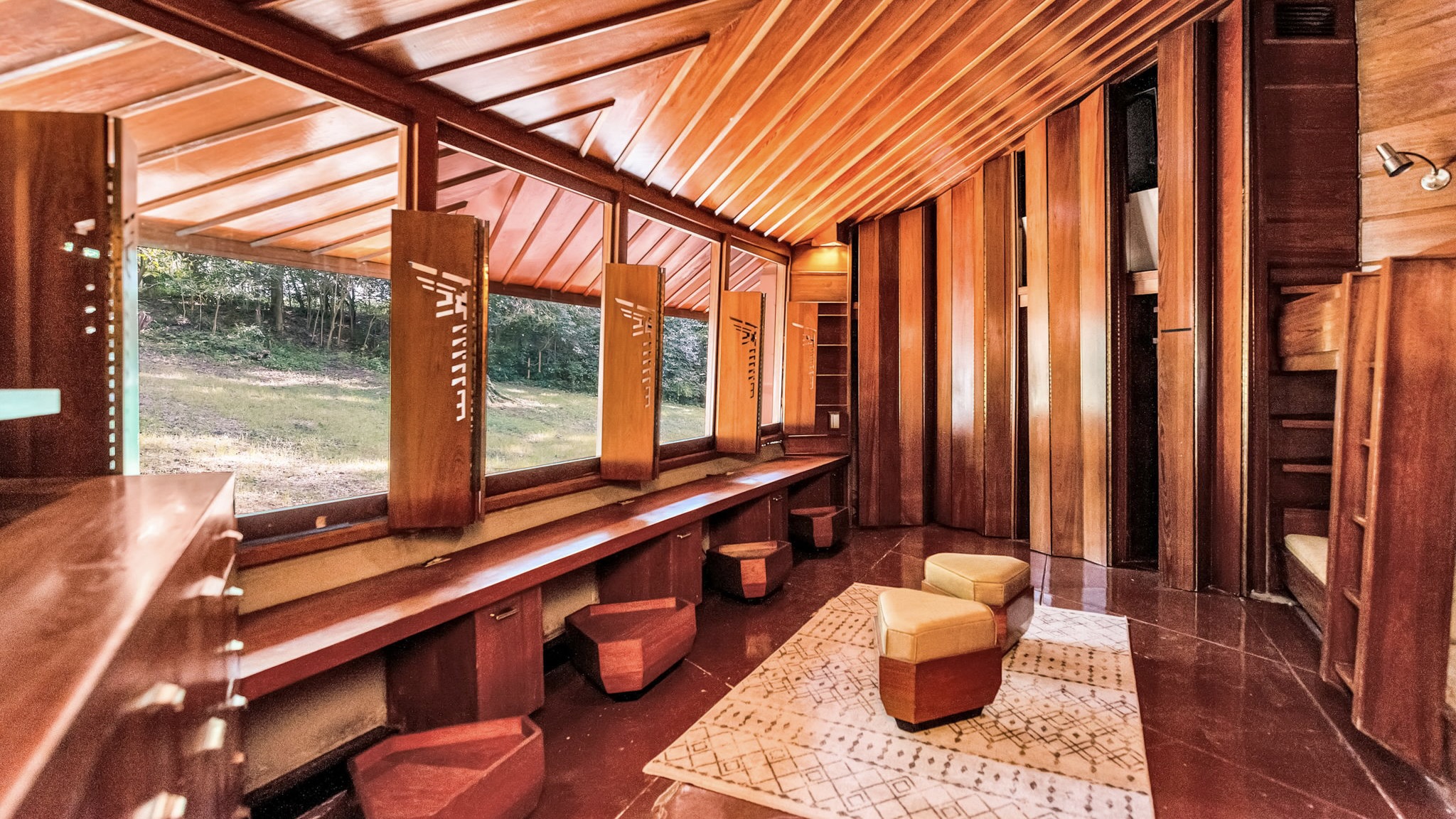 Frank Lloyd Wright’s Fountainhead will be opened to the public for the first time
Frank Lloyd Wright’s Fountainhead will be opened to the public for the first timeThe home, a defining example of the architect’s vision for American design, has been acquired by the Mississippi Museum of Art, which will open it to the public, giving visitors the chance to experience Frank Lloyd Wright’s genius firsthand
-
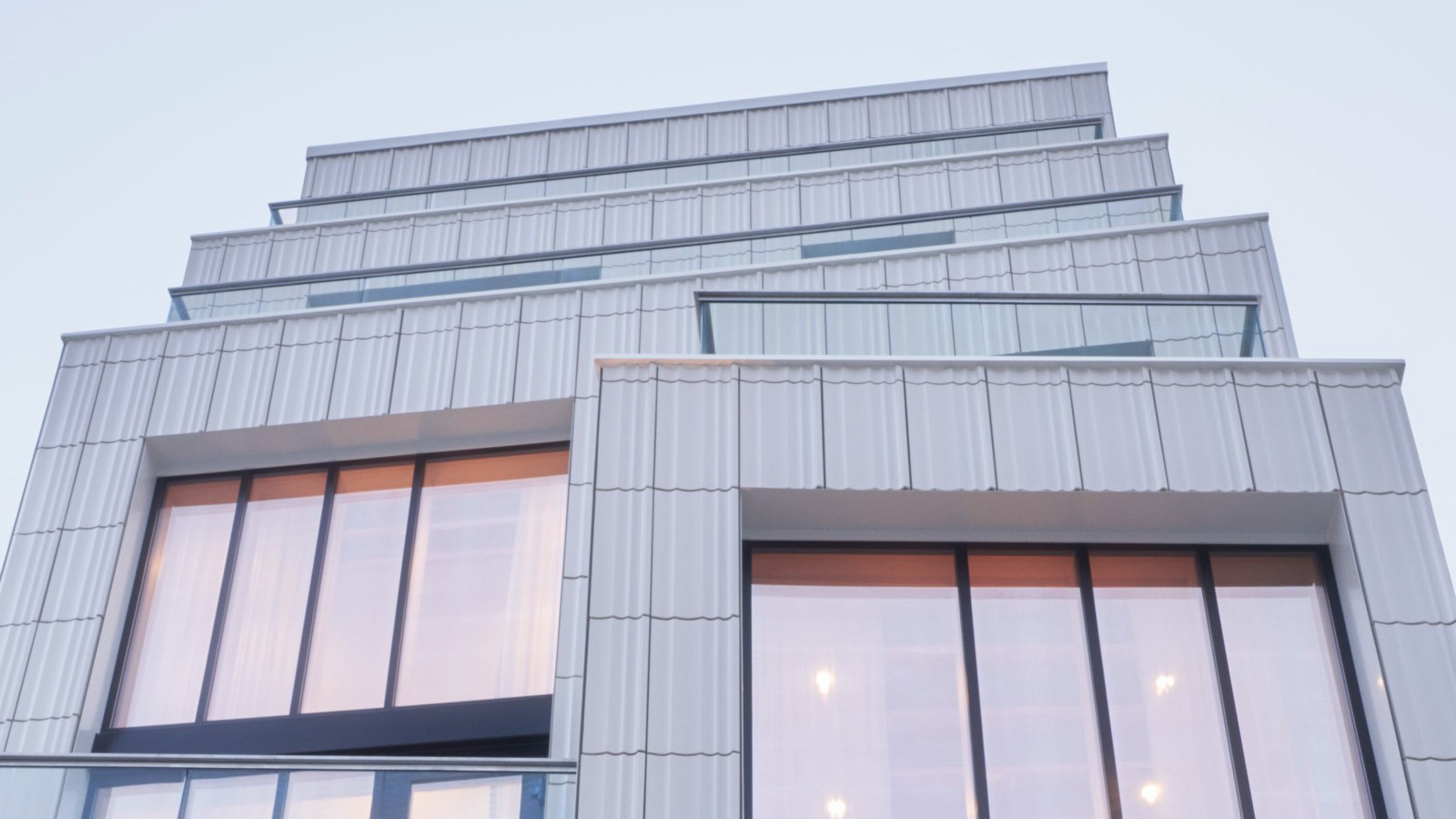 Clad in terracotta, these new Williamsburg homes blend loft living and an organic feel
Clad in terracotta, these new Williamsburg homes blend loft living and an organic feelThe Williamsburg homes inside 103 Grand Street, designed by Brooklyn-based architects Of Possible, bring together elegant interiors and dramatic outdoor space in a slick, stacked volume